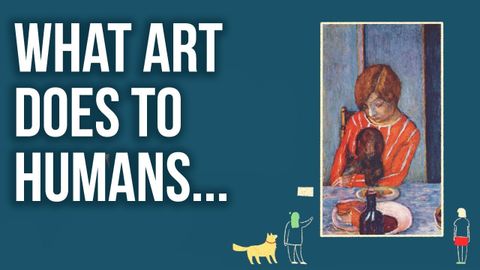
Subtitles & vocabulary
Art is Advertising for What We Really Need
00
林宜悉 posted on 2020/03/25Save
Video vocabulary
subscribe
US /səbˈskraɪb/
・
UK /səb'skraɪb/
- Verb (Transitive/Intransitive)
- To regularly pay to receive a service
B1TOEIC
More dedicated
US /ˈdɛdɪˌketɪd/
・
UK /'dedɪkeɪtɪd/
- Transitive Verb
- To state a person's name in book, song, in respect
- To give your energy, time, etc. completely
- Adjective
- Devoted to a task or purpose; having single-minded loyalty or integrity.
- Designed for or devoted to a specific purpose or task.
B1
More enormous
US /ɪˈnɔrməs/
・
UK /iˈnɔ:məs/
- Adjective
- Huge; very big; very important
- Very great in size, amount, or degree.
A2
More elaborate
US /ɪˈlæbəret/
・
UK /ɪ'læbəreɪt/
- Verb (Transitive/Intransitive)
- To explain something in detail
- To be made or explained with great care/in detail
- Adjective
- Made or done with great care or in a detailed way
B2TOEIC
More Use Energy
Unlock All Vocabulary
Unlock pronunciation, explanations, and filters
